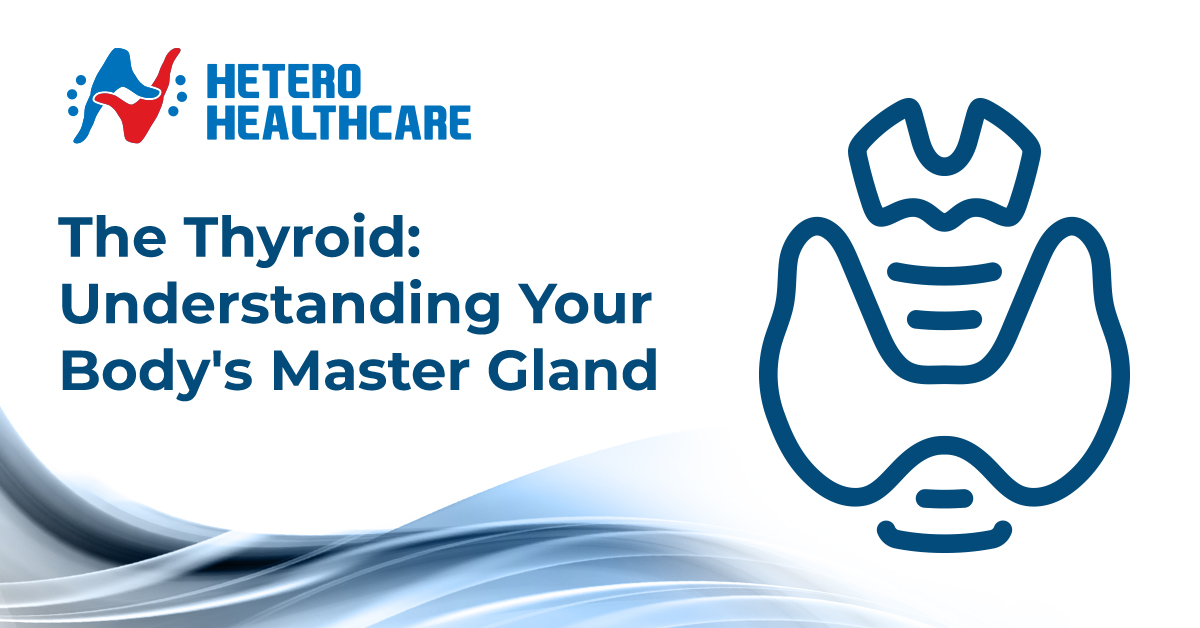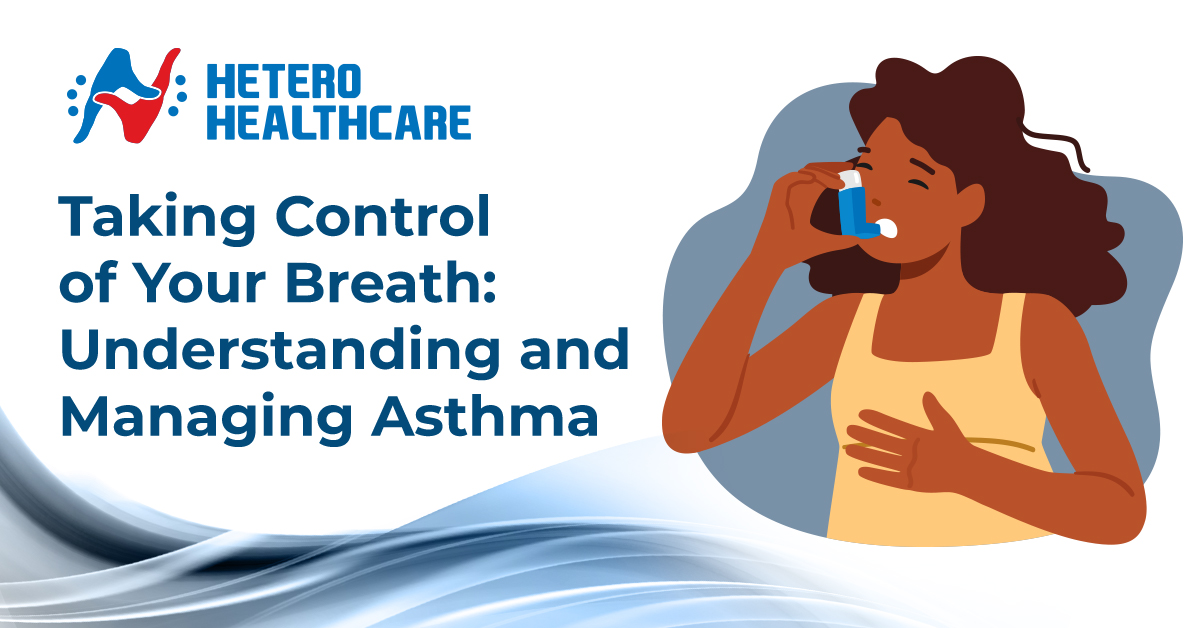Hetero Healthcare
22 Nov 2022

GERD - Gastro Oesophageal Reflux Disorder put across in simple English is what many of us know as acidity or acid reflux and we immediately start pulling out a sachet of Eno as an instant cure to calm the acidity down. But rarely do we realise that gastric issues that persist for more than a day are more than just the regular Eno popping and could demand medical attention.
Gastroesophageal reflux disorder is a condition where the opening to the stomach doesn't close completely leading to the backflow of the acids in the stomach, which help digest food. The stomach opening is usually to allow food to enter the stomach and then closes to help the food get digested. In some cases where the muscle opening doesn't close fully it leads to the backflow of acids that are used to digest food. These acids lead to heartburn/ chest burns or regurgitation and nausea in many cases.
Regular acidity is a condition which occurs due to overeating, excessive consumption of caffeine and eating at odd hours leads to heart burn which can be subsided with simple home remedies.
GERD however, is a condition that has a constant fiery chest burn/ acidity and significant weight loss alongside recurrent nausea and vomiting with gastrointestinal bleeding. If you notice these symptoms on a regular basis, it is best to seek medical advice at the earliest as ignorance could lead to a case of surgery requirements. GERD is found affecting children and infants to adults and elder people.
Diagnosis: Include burning pain in the chest that usually occurs after eating and worsens when lying down.
Other symptoms of GERD include- Non-burning chest pain, which is usually located in the middle of the chest and radiates to the back, difficulty swallowing (dysphagia), a typical reflux symptom relating to the throat, larynx or lungs, sore throat coughing increased salivation shortness of breath, belching, heartburn, nausea, or regurgitation, bitter taste, discomfort in upper abdomen, or dry cough.
The main symptom of GERD is diagnosed as heartburn, which is often described as a fiery feeling in one's chest, accompanied by regurgitating of a sour or bitter liquid to the throat or mouth. The combination of heartburn and regurgitation is such a common characteristic of GERD that indicates formal testing may be necessary.
While we know the symptoms of GERD there are many ways to curb the occurrence of GERD or ways to manage it which involve, maintaining a healthy diet avoiding oily food, milk and milk products and eating frequent meals in small portions help control the severity of the disease.
Avoid eating any food before you hit the bed.
Sour food avoidance is key as it helps curb regurgitation.
Hetero Healthcare

Hetero Healthcare27 May 2024
The Thyroid: Understanding Your Body's Master Gland
The thyroid gland, a small butterfly-shaped gland located at the base of your neck, plays a critical role in regulating your metabolism.

Hetero Healthcare25 May 2024
Taking Control of Your Breath: Understanding and Managing Asthma
Asthma can feel like a constant battle for air, leaving you breathless and wheezing. But with knowledge and the right approach, you can take control of your asthma and live a full, active life.

Hetero Healthcare30 Apr 2024
A Comprehensive Guide to Malaria
Malaria, a mosquito-borne infectious disease, continues to pose a significant threat to global health. At Hetero Healthcare, we are committed to raising awareness about this preventable illness and empowering individuals with knowledge to protect themselves. This comprehensive blog delves into the causes, symptoms, and effective prevention strategies for malaria.

Hetero Healthcare30 Apr 2024
A Guide to Parkinsons Disease for Patients and Caregivers
At Hetero Healthcare, we understand the profound impact Parkinson's disease (PD) can have on individuals and their loved ones.